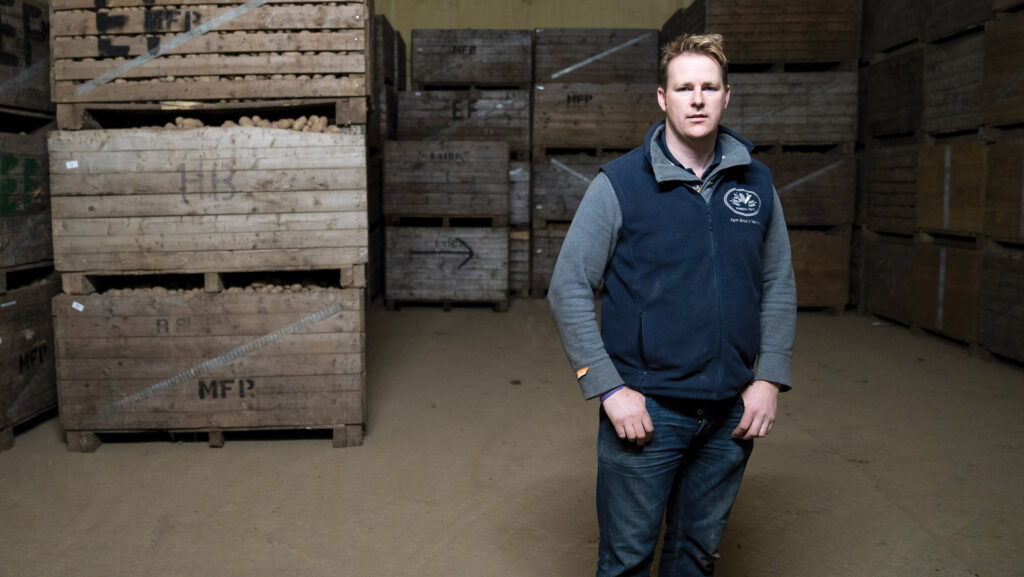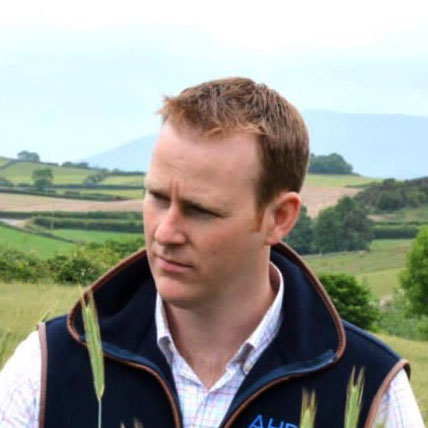Farmer Focus: Planting potatoes by hand in bad conditions
 Richard Orr © Steffan Hill
Richard Orr © Steffan Hill It has continued to rain in inches rather than millimetres, putting massive strain on farmer’s mental health.
The to-do list did not get far since my last column as dry days totalled four – it is difficult to make progress this year.
We planted an acre of potatoes by hand as we need to get started for the early market and conditions are not ideal. I’ve no idea when we will get started properly with planting, but it won’t be for at least a week.
See also: Crop Watch: Time running out for spring barley drilling?
Thanks to storm Kathleen the covers from the early potatoes now reside in a different neighbourhood, but we now have them covered for the second time.
Beans were planted in a dry window and are peeping through the ground. It’s too late to plant more as it could hinder next year’s wheat crop.
We could plant beans as a cover crop, and mulch them early September, creating good conditions for a crop of first wheat and help repair soil structure from the wet weather.
This year could be all about minimising risk and cost without compromising the soil or crops for 2025.
After last year’s disaster of flat wheat crops due to the rain, one field earmarked for beans now has an average crop of wheat growing voluntarily, which is too much to spray out.
I’ve threw on some fertiliser and will see how it does. Thin wheat can compensate with a big ear. It’ll be a cheap crop and who knows, it may be the most profitable field of 2024.
Fungicide use is going to be up this year as all winter crops are now dirty, and with continued rain the pressure is not likely to ease.
Even Mascani oats and Extase wheat which have traditionally stayed very clean are looking dirty in the bottom.
One field of winter wheat received digestate as a trial a month ago in a dry window, and looks much better than the rest. If only I’d done it all.
If you are struggling for options this spring, consider your neighbouring livestock farmer who is likely to be short of feed. Is there the option to grow spring crops for whole crop?
Keep your head up and, hopefully, we will all soon be flat out in the fields.

